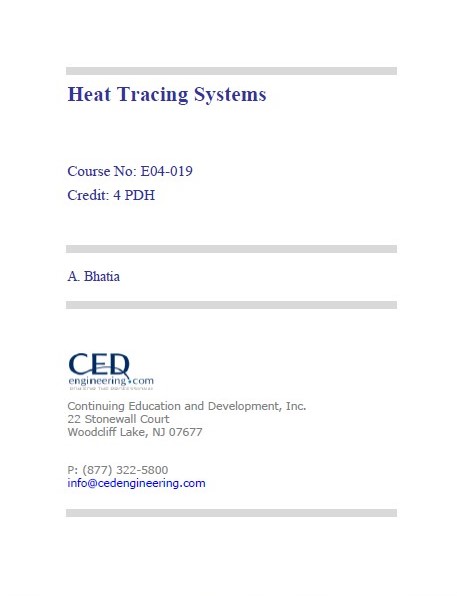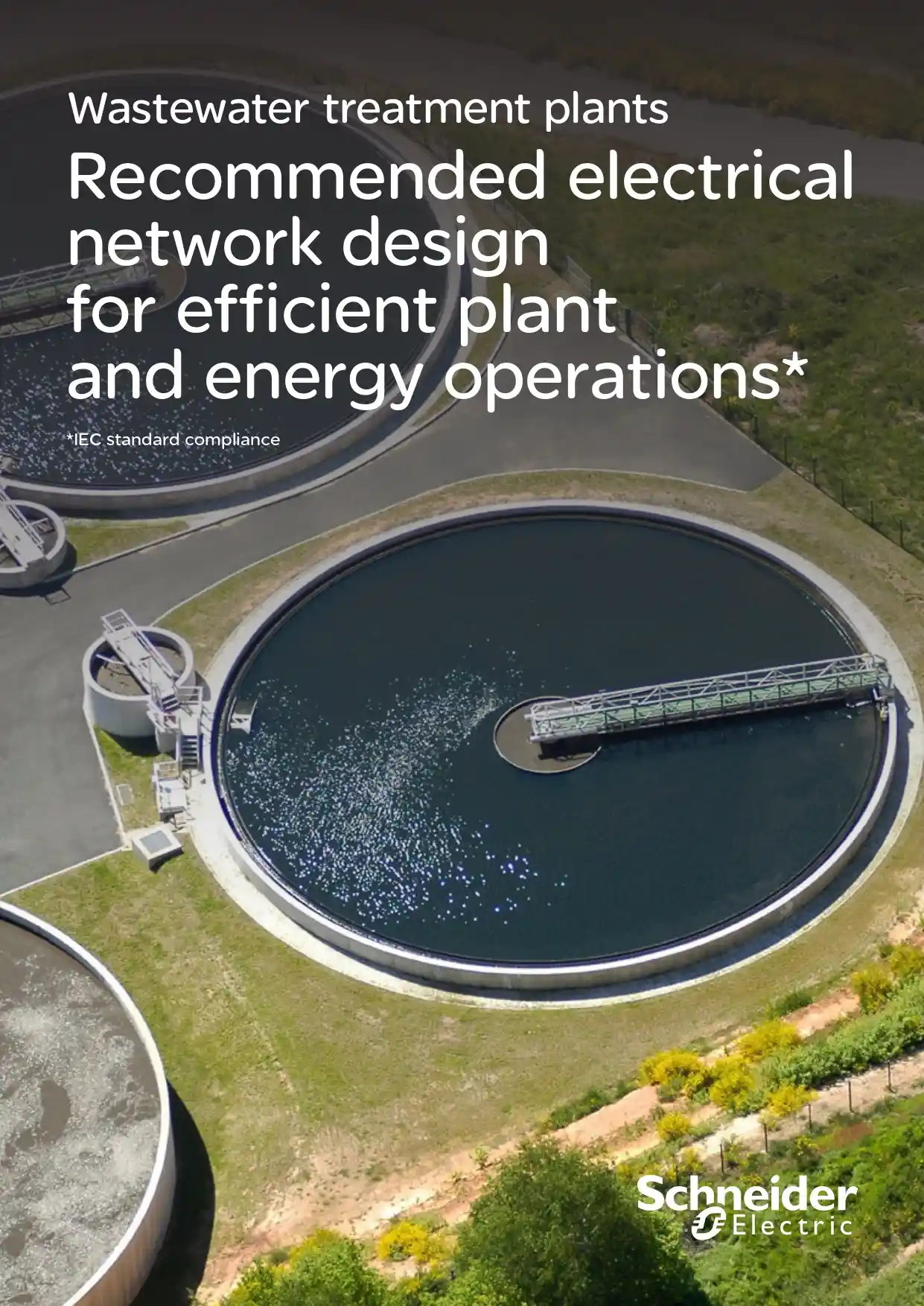Energy
U.S National Clean Hydrogen Strategy and Roadmap
Executive Summary
Given its potential to help address the climate crisis, enhance energy security and resilience, and create economic value, interest in producing and using clean hydrogen is intensifying both in the United States and abroad. Zero- and low-carbon hydrogen is a key part of a comprehensive portfolio of solutions to achieve a sustainable and equitable clean energy future. The United States is stepping up to accelerate progress through historic investments in clean hydrogen production, midstream infrastructure, and strategically targeted research, development, demonstration, and deployment (RDD&D) in this critical technology.
Only logged in customers who have purchased this product may leave a review.















Reviews
There are no reviews yet.